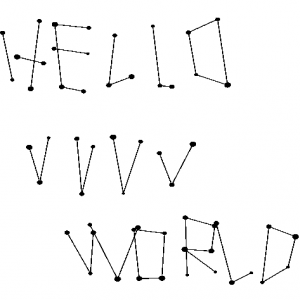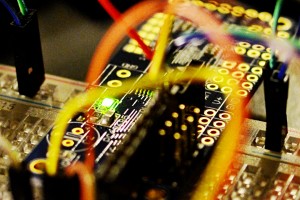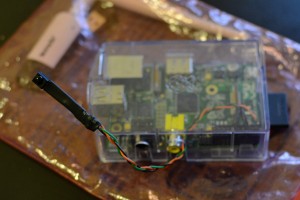Simple point editor in vvvv for creating some wobbly characters and other shapes.
Created as a personal exercise, after seeing this video: https://vimeo.com/113309406
i.e. can I rewrite the Processing program into vvvv?
Instructions are inside the patch but basically: left click to add a point; right click to finish the current shape; middle click to clear the playground; flip a switch to change between a drawing and “dancing” mode.
Tested in vvvv_45beta33.3_x64
Inspiration: Tealeaf
Download or http://vvvv.org/contribution/parametric-typography-design

 This is a program for Raspberry Pi and the Adafruit 16 channel, 12 bit PWM
This is a program for Raspberry Pi and the Adafruit 16 channel, 12 bit PWM 